In many ways the pandemic feels like a lifetime ago, but there are still some scars from it which are holding our region back.
One is our connectivity.
Alongside a number of partners, we recently published a report – Scotland’s Urban Age – which highlights how globally competitive small cities need to be connected to their customers and markets.
It found a step-change in inter-urban connectivity and infrastructure is required to undo the damage done to our air connectivity by Covid-19 and improve the speed of rail connections between Scotland’s key cities.
Antiquated rail links
Rail infrastructure from Edinburgh and Glasgow to Aberdeen is antiquated, making journey times much slower than on comparative inter city services elsewhere in the UK.
Rail journeys from Aberdeen to Edinburgh and Glasgow are effectively a series of suburban services joined end to end. Passengers travelling from city to city endure numerous stops and periods of overcrowding, particularly during commuter times.
Journey times of two-and-a-half to three hours mean Aberdeen is relatively isolated from its peer cities in the central belt, limiting opportunities for business and commerce.
This connectivity gap between Scotland’s three largest cities must be tackled as a matter of priority, and not pushed down the priority list as we seek to decarbonise our railway.
Other countries, notably France, have done a great deal to shrink distance and time by investing in advanced infrastructure to speed up communications and enhance mobility in their transport systems.
Regional airports worst affected in Britain’s Covid-hit route network
Looking to the skies, in Scotland, where we are located on the north of islands on the periphery of Europe, the role of aviation is profound.
Travelling by air is not a luxury. It is an essential element of business and social life.
A report commissioned by Airlines UK found that without government support, airports throughout Britain will lose around 600 routes as a result of the pandemic.
The same report said around 80% of these lost routes will be to/from UK regional airports.
The first priority must be to restore Scotland’s pre-pandemic route levels. But this in itself underplays the fact that before 2020 we already performed poorly against peer nations.
Ireland and Norway are smaller in terms of population but have measurably greater connectivity than we do.
Re-establishing Scotland’s lost air connectivity will require direct government support and we need to see, urgently, a defined package of support for the aviation/airports sector to enable this.
Part of this must be the reintroduction of a route development fund, its predecessor scheme having been withdrawn in 2007 due to state aid concerns. The UK’s withdrawal from the European Union should give Scotland the ability to reintroduce such funding, no longer tethered by state aid restrictions.
Scottish Government needs to be bold and back better transport connections
Ireland remains in the EU, yet two years ago its government sought and received approval to provide its airports with £140 million in funding. So, our competitors are already out of the starting blocks ahead of us.
The Scottish Government needs to be bold and back aviation, and not let green dogma get in the way. Let’s not forget civil aviation accounts for less than 1% of UK transportation emissions.
At the end of the day, Scotland needs great connectivity if its economy is to thrive.
Russell Borthwick is chief executive of Aberdeen and Grampian Chamber of Commerce.
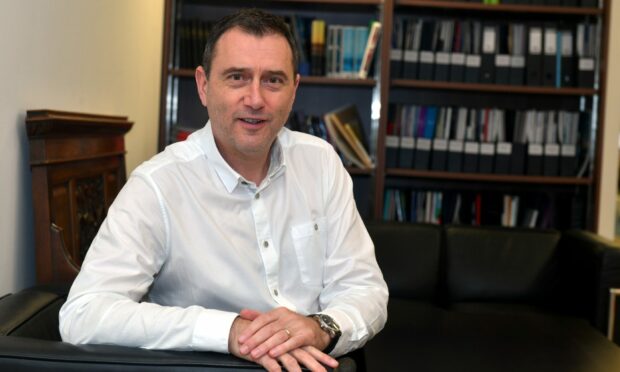
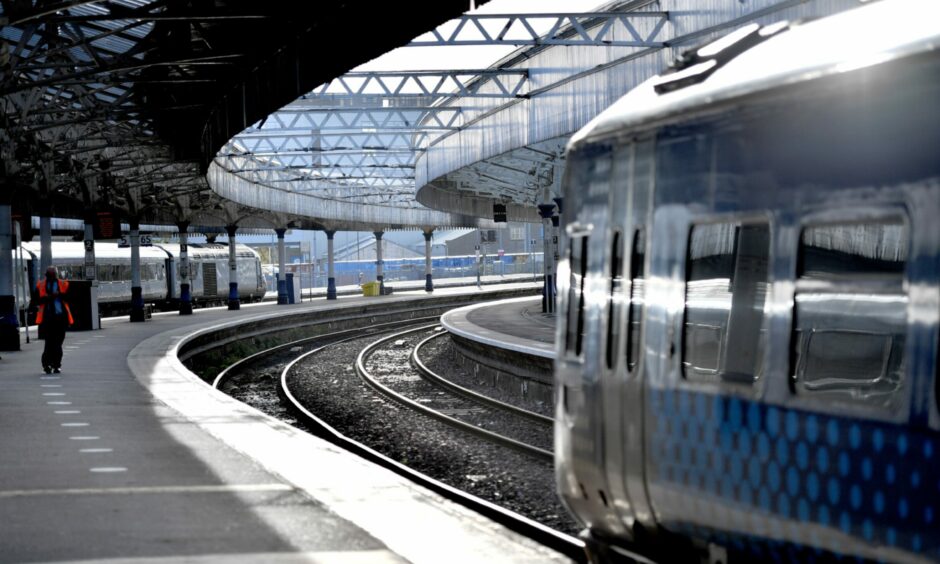
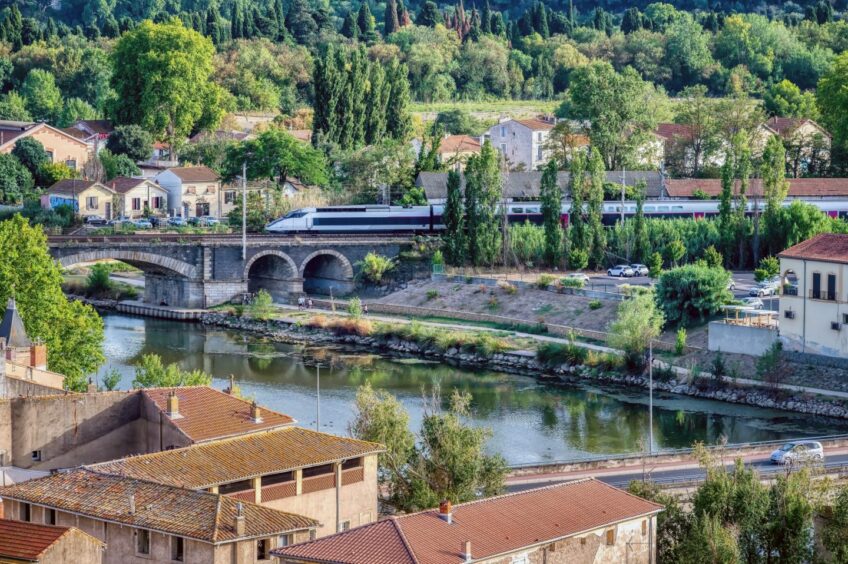
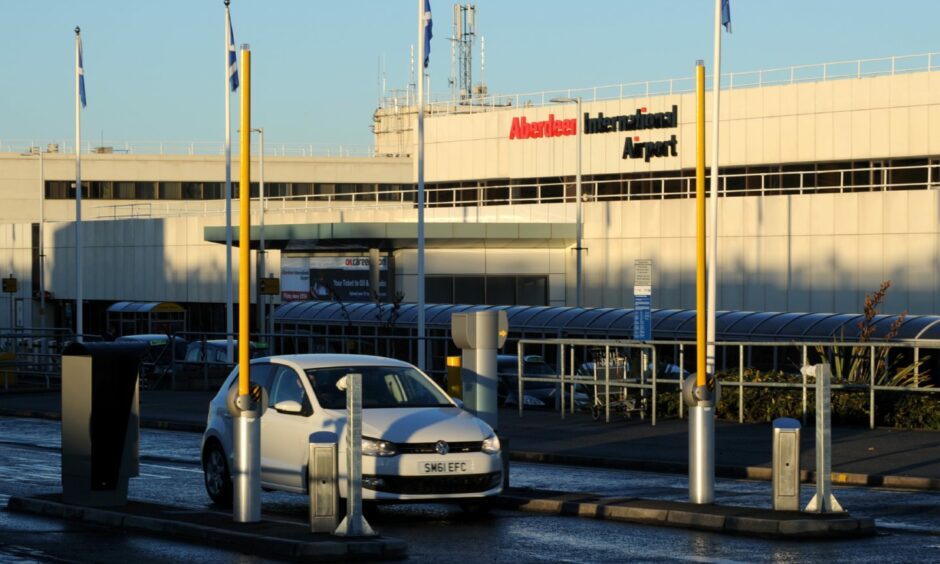
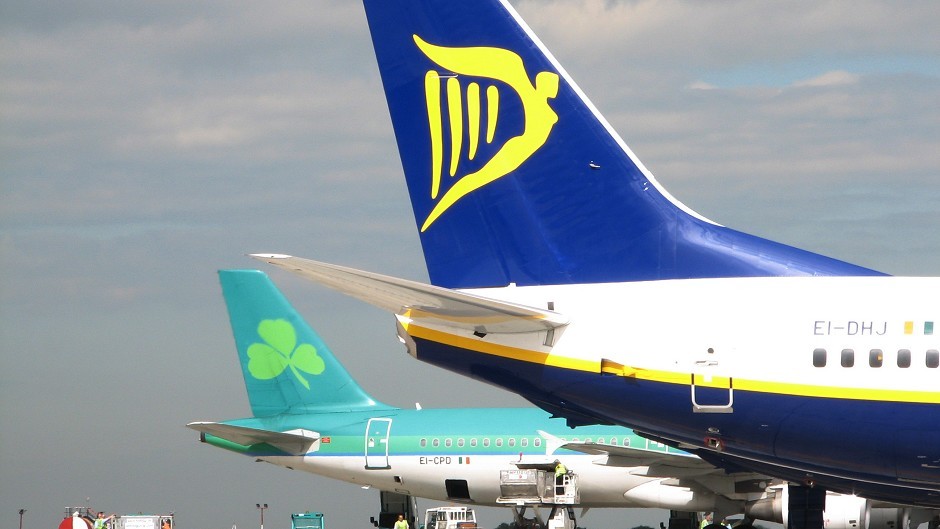
Conversation